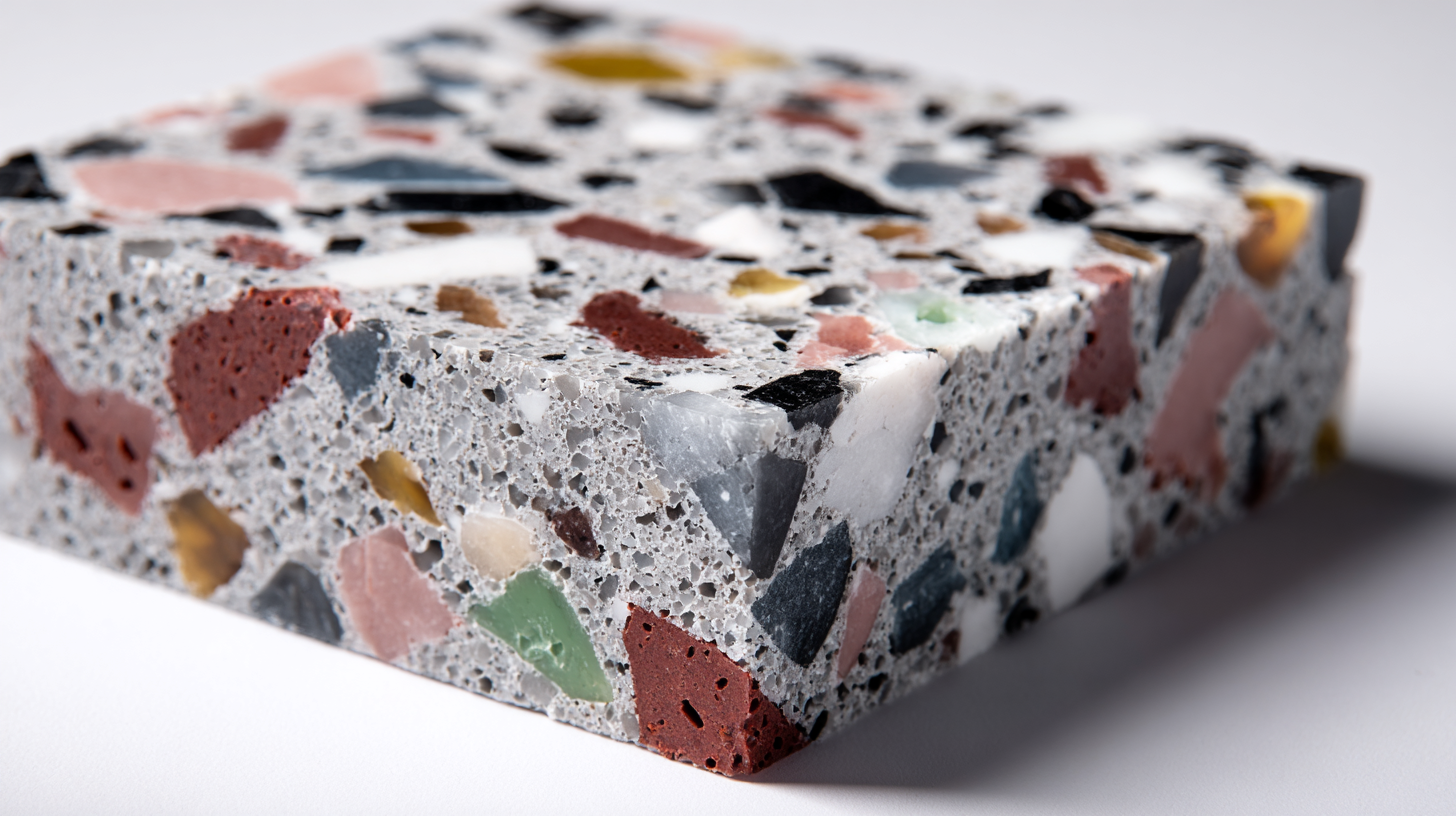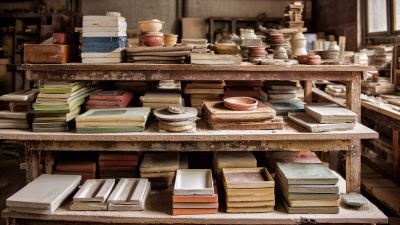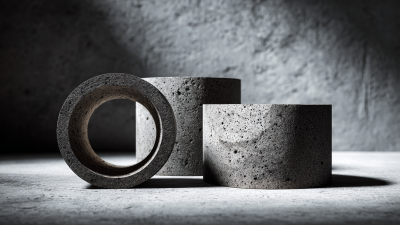Leave Your Message
In the industrial landscape, the choice of materials significantly influences operational efficiency and output quality. Among various options, the Corundum Mullite Plate has emerged as a leading choice due to its superior thermal shock resistance and mechanical strength. According to a market report by Grand View Research, the global refractories market, including corundum-based products, is projected to reach USD 28.72 billion by 2025, driven by growth in industries such as steel and cement where high-performance materials are essential. The exceptional properties of the Corundum Mullite Plate not only ensure longevity but also reduce overall maintenance costs, making it an indispensable component in extreme working environments. This guide aims to provide insights into selecting the best Corundum Mullite Plate tailored to specific industrial applications, ensuring optimal performance and reliability.
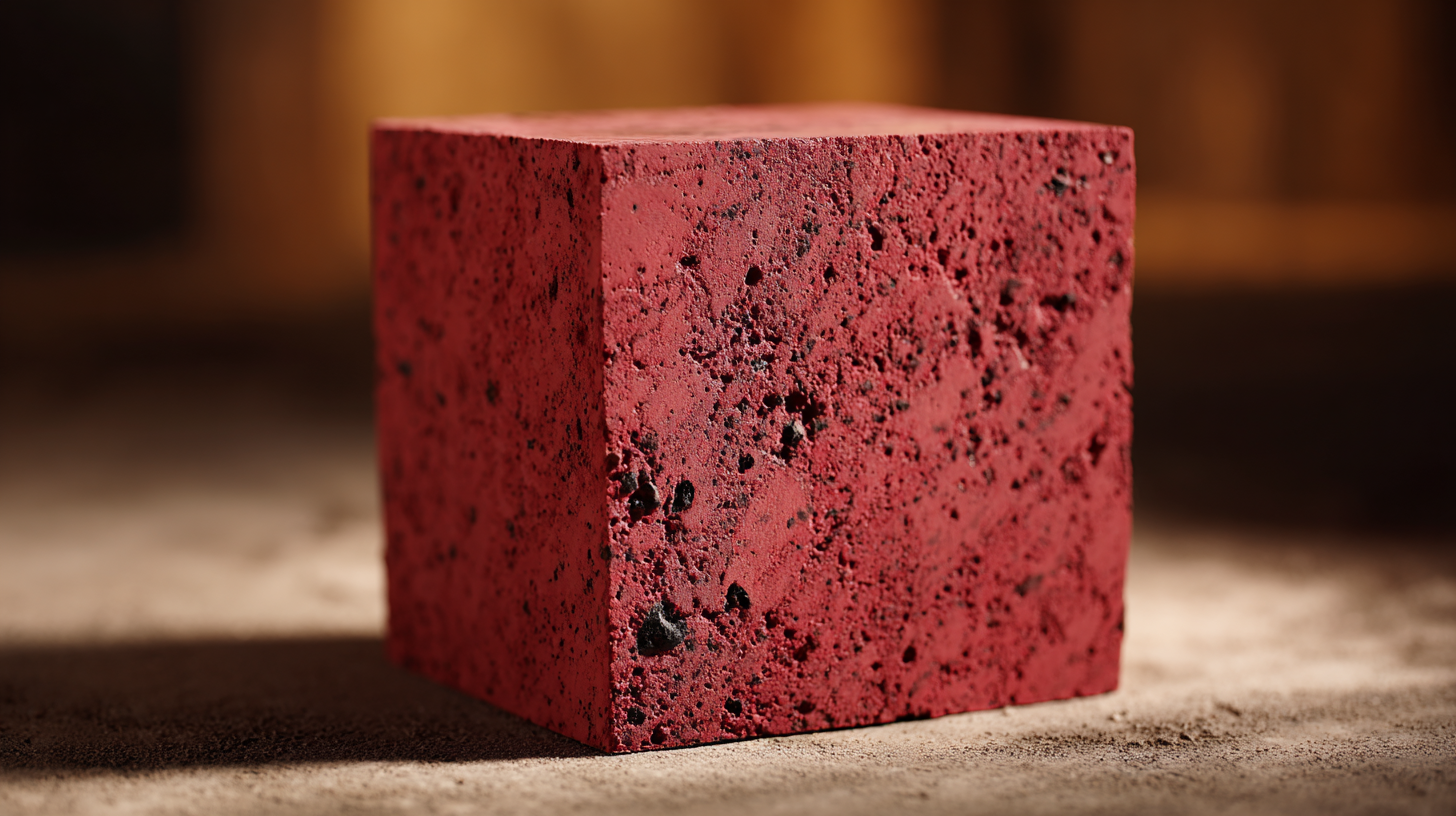
When selecting corundum mullite plates for high-temperature industrial applications, it’s essential to consider several key factors that ensure optimal performance and longevity. First and foremost, you should evaluate the thermal stability of the material. Corundum mullite is known for its ability to withstand extreme temperatures, but different grades may exhibit varying levels of durability. Choosing a plate with superior thermal shock resistance will help maintain structural integrity under rapid temperature fluctuations.
Another critical aspect to consider is the chemical resistance of the corundum mullite plates. In high-temperature environments, exposure to various chemicals can significantly affect the lifespan of the materials used. It's important to select plates that can resist corrosion and degradation from any anticipated reactive substances in your specific application. Additionally, pay attention to the porosity of the plates; lower porosity typically leads to better structural performance and reduces the risk of moisture absorption, which can compromise stability at elevated temperatures.
Lastly, assess the mechanical properties of the corundum mullite plates, including their strength and hardness. Plates with higher mechanical strength will be more effective in withstanding loading and thermal stresses, making them suitable for demanding industrial scenarios. By focusing on these factors, you can ensure that your chosen corundum mullite plates will meet the rigorous demands of high-temperature applications.
When selecting the best corundum mullite plates for industrial applications, understanding the chemical composition is pivotal. Corundum, primarily composed of aluminum oxide (Al2O3), provides excellent wear and thermal resistance. The presence of mullite (3Al2O3·2SiO2) enhances its thermal shock resistance and mechanical strength, making it ideal for high-temperature applications. According to industry reports, plates with over 70% alumina content demonstrate superior performance, often achieving longevity in extreme conditions compared to lower-alumina alternatives.
Tips: Always consider the application environment. For high-pressure applications, select plates with a minimum of 80% Al2O3 to ensure robust performance. Additionally, reviewing the particle size distribution can significantly influence heat conductivity and mechanical endurance.
Furthermore, the addition of silica can alter the thermal expansion characteristics of the corundum mullite plates, which is critical in preventing cracking during temperature fluctuations. Maintaining a balanced chemical composition that meets your application’s specific requirements is essential. Data shows that plates engineered with a precise silica ratio can reduce unit weight while maintaining strength, offering increased efficiency in industrial processes.
When selecting the ideal corundum mullite plates for industrial applications, evaluating thermal shock resistance is vital. Thermal shock resistance refers to the ability of a material to withstand rapid changes in temperature without cracking or failing. In many industrial environments, including steel casting or glass production, materials can be subjected to intense thermal cycling, where temperatures can fluctuate from hundreds to thousands of degrees Celsius. According to the American Ceramic Society, materials with high thermal shock resistance can exhibit a decrease in failure rates by up to 70%, thereby enhancing operational efficiency.
To understand the importance of thermal shock resistance, it is essential to consider the properties of corundum mullite. This composite material typically has a thermal shock resistance rating greater than 900°C, depending on its specific formulation. The higher the alumina content within the plate, the greater its resistance to thermal shock. As reported in a 2022 research by the Journal of Materials Science, using high-purity corundum mullite can significantly improve lifespan under extreme thermal conditions, making it a preferred choice in industries facing frequent temperature fluctuations. Proper selection and evaluation of these plates can lead to substantial cost savings and increased production safety for manufacturers.
When evaluating the cost-effectiveness of corundum mullite plates in industrial applications, it's essential to compare them with other refractory materials, such as alumina and silica bricks. According to a recent industry report by Research and Markets, the global refractories market is projected to reach $30 billion by 2026, with corundum-based products gaining significant traction due to their superior thermal stability and mechanical strength. Corundum mullite plates exhibit a lower thermal expansion coefficient and higher resistance to thermal shock compared to traditional refractory options, which can lead to longer service life and reduced maintenance costs over time.
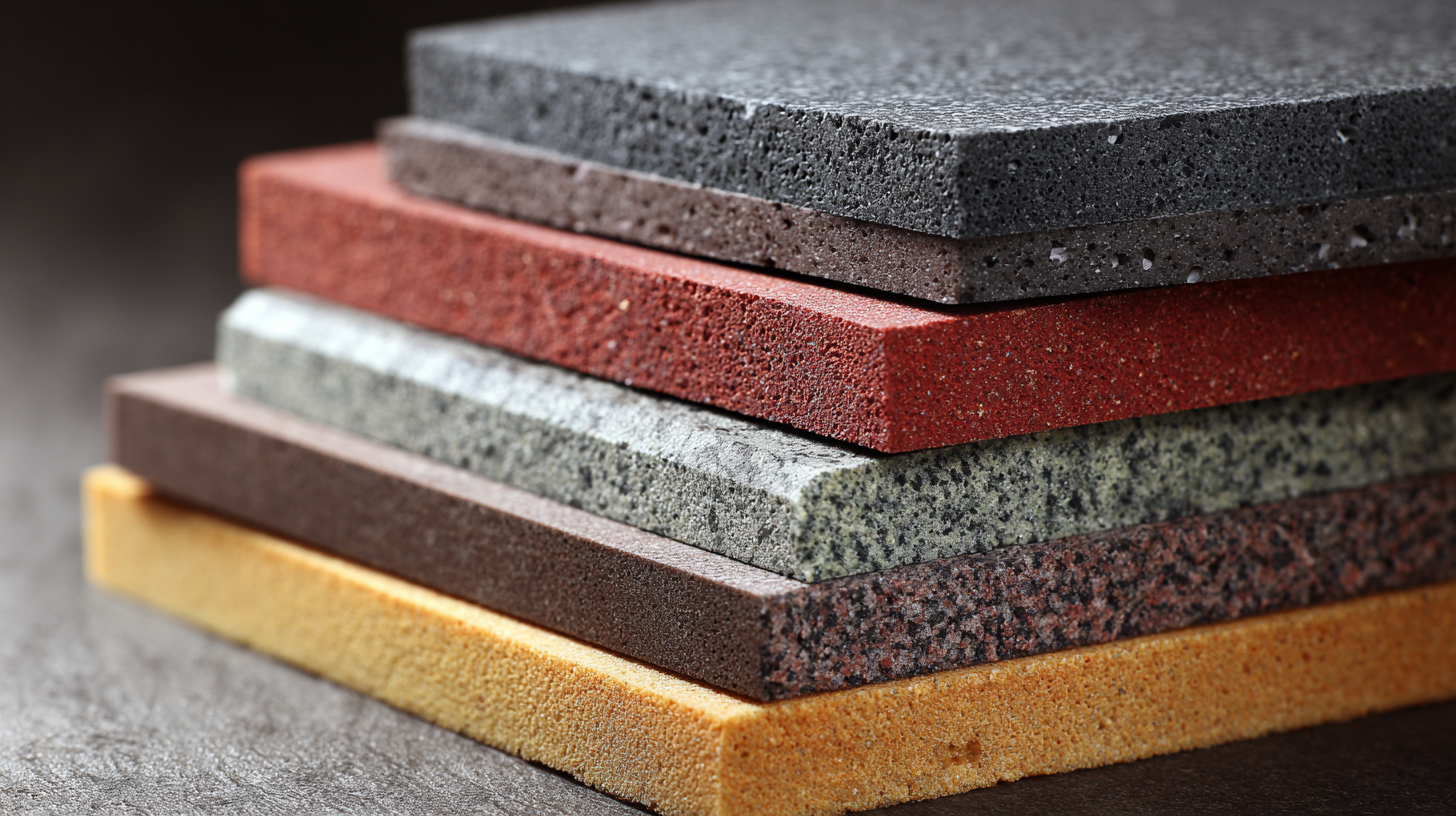
Furthermore, a study published in the Journal of the European Ceramic Society indicates that corundum mullite plates can withstand temperatures exceeding 1600°C while maintaining structural integrity. This high-temperature performance, combined with a lower initial investment when contrasted with high-purity alumina bricks, makes corundum mullite plates an attractive choice for industries such as steel and cement manufacturing. Companies looking to optimize their operational expenses should consider the long-term financial benefits associated with choosing corundum mullite, which often results in a lower total cost of ownership compared to alternative refractory materials.
When selecting corundum mullite plates for industrial applications, understanding industry standards and certifications is crucial. High-performance materials like corundum mullite must adhere to guidelines set by recognized organizations to ensure their suitability for specific environments, especially in high-temperature operations. For example, certifications that validate the thermal shock resistance and mechanical strength of these materials can help manufacturers determine their efficiency in various applications.
Recent industry trends highlight the importance of certifications not just in materials, but across sectors. For instance, the transition to industry-aligned certifications is gaining traction in rapidly changing fields like IT, where traditional education struggles to keep pace. This shift reflects a broader recognition that verified expertise and safety qualifications improve operational effectiveness, an aspect particularly relevant for companies employing corundum mullite products in hazardous environments. Reports indicate that organizations with certified professionals experience significantly lower incident rates, reinforcing the necessity of choosing materials that meet rigorous certification standards.
Furthermore, industry-specific certifications can facilitate career advancement for professionals engaged in material selection and application. The presence of recognized certifications signals a commitment to quality and safety, fostering trust among clients and partners. As businesses increasingly prioritize adherence to standards, investing in corundum mullite products backed by relevant certifications becomes not only a mark of reliability but also a strategic advantage in competitive industrial landscapes.
